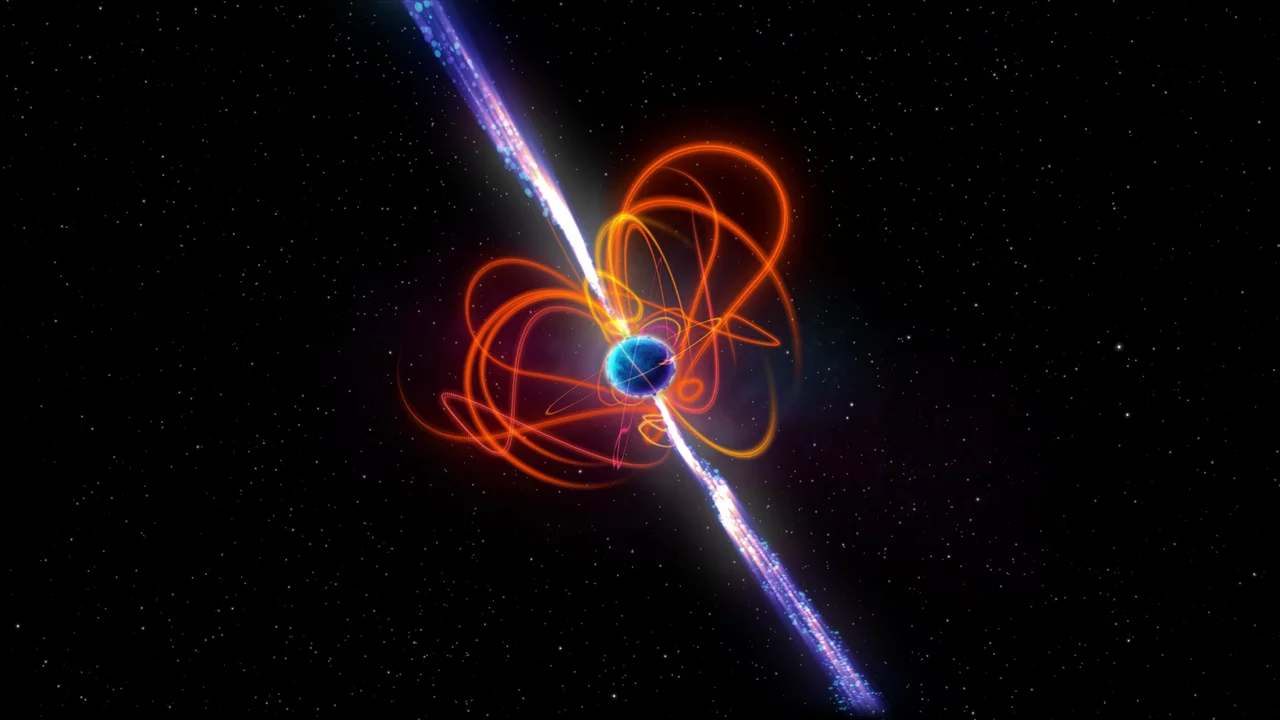Sports Science
When talking about Sports Science, the interdisciplinary study of how the body moves, adapts, and performs during athletic activity. Also known as sports physiology, it brings together physics, biology, and data analysis to explain what makes athletes tick.
One core branch is Biomechanics, the application of mechanical principles to human movement. By measuring force, torque, and motion, biomechanics shows how a cricket bat transfers energy to a ball without jerking backwards, a question many casual fans wonder about. In practical terms, biomechanics influences equipment design, coaching cues, and injury‑prevention drills.
Another essential pillar is Exercise Physiology, the study of how the body's systems respond to physical activity. This field explains why a fast bowler can repeat high‑speed deliveries and how recovery strategies keep muscles primed. Understanding oxygen uptake, lactate thresholds, and muscle fiber recruitment helps coaches build training plans that boost stamina without overtraining.
Connecting Physics, Data, and Performance
Sports Physics, the study of forces, momentum, and energy in sport, ties directly into both biomechanics and exercise physiology. Newton's third law—every action has an equal and opposite reaction—clarifies why a bat doesn’t recoil dramatically when it hits a ball: the bat’s greater mass and the batter’s grip absorb the reaction, sending the ball forward instead. Meanwhile, performance analysis uses video tracking, wearable sensors, and statistical models to turn raw data into actionable insights. This blend of physics and data lets teams fine‑tune technique, predict fatigue, and even prevent injuries before they happen.
All these entities—Biomechanics, Exercise Physiology, Sports Physics, and Performance Analysis—are interlinked. Sports Science encompasses Biomechanics, which requires precise measurement tools; Biomechanics influences Equipment Design; Equipment Design affects how athletes execute skills; and Performance Analysis evaluates the outcomes. In short, mastering one area boosts the others.
Below you’ll find a curated set of articles that dig into these connections. From the physics behind a bat’s impact to the latest methods for monitoring athlete health, the collection offers practical explanations and real‑world examples you can apply today. Sports Science insights are waiting—let’s see how they shape the games you love.
